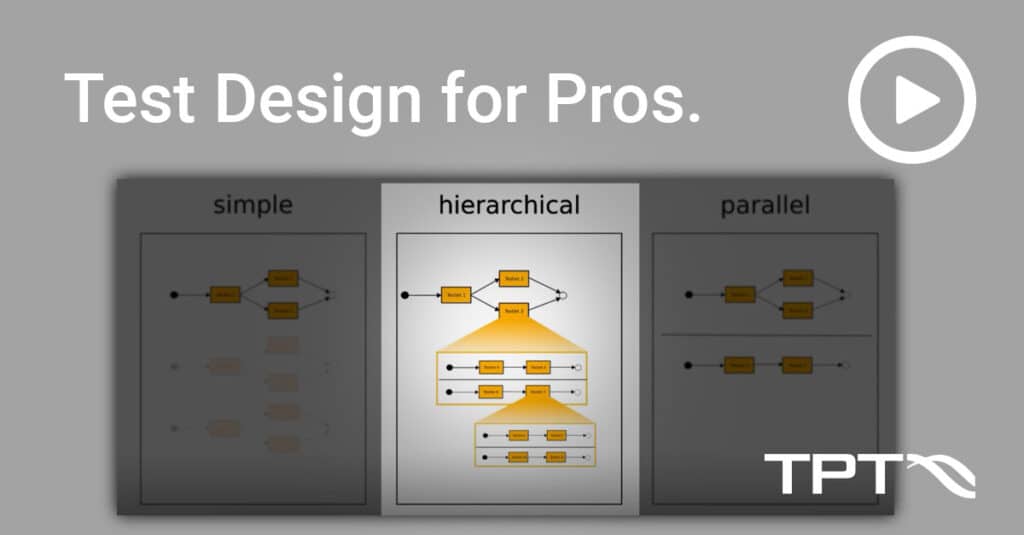
Often, test cases are duplicated only to test the same features and aspects of the same software with different parameter settings.
This makes test projects more extensive and complex – and over time and with repetitions, also noticeably less maintainable.
In our latest release TPT 19 you can now take a new, leaner approach: You define one-time sets of parameters that are included in your final software. The parameter sets can of course be saved as usual, loaded and thus reused in multiple projects. And then each test case is executed with each parameter set and listed in the test report.
As a result, for one product-line-oriented development applied to several platforms, series or different products you can get by with fewer test cases in total. This means one great advantage: projects remain clearer and are therefore easier to maintain. If a new product variant is added, an additional parameter set is simply added, as well. The test is executed again and you are done.
In TPT, the parameter sets are part of the execution platform and are therefore available for all types of SUTs at all test levels (unit, software integration, hardware integration, product level).
The parameters are allowed to directly influence the test data, procedures and expected values.
This approach complements the previous parameter handling during test execution (see link to our article on Parameters) and is particularly suitable for product-line-oriented development of software and systems in the embedded area.
Related topics

Read more »

Read more »

Read more »

Watch now »

Watch now »

Watch now »
